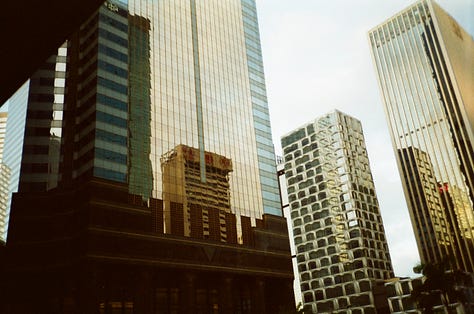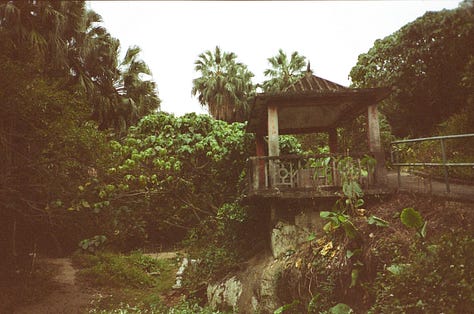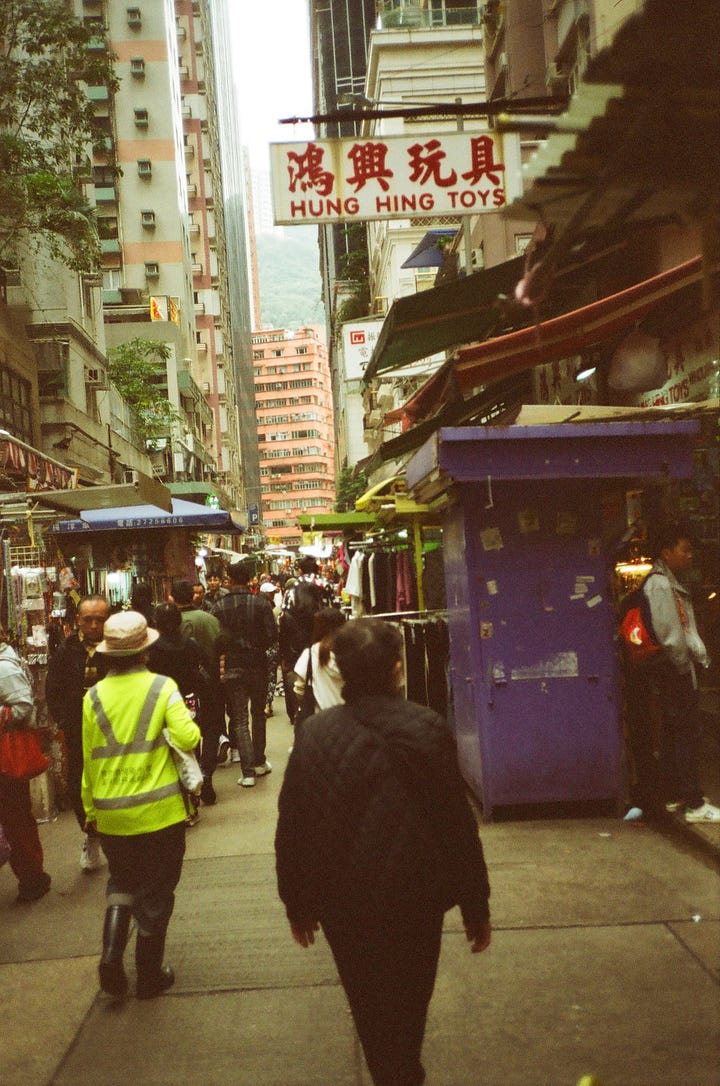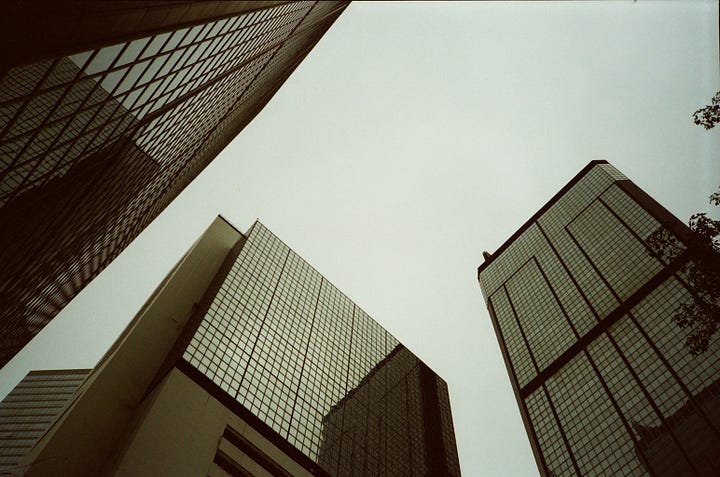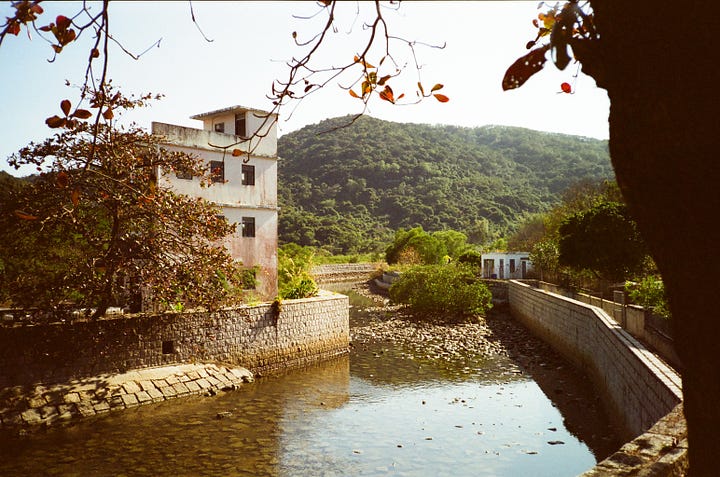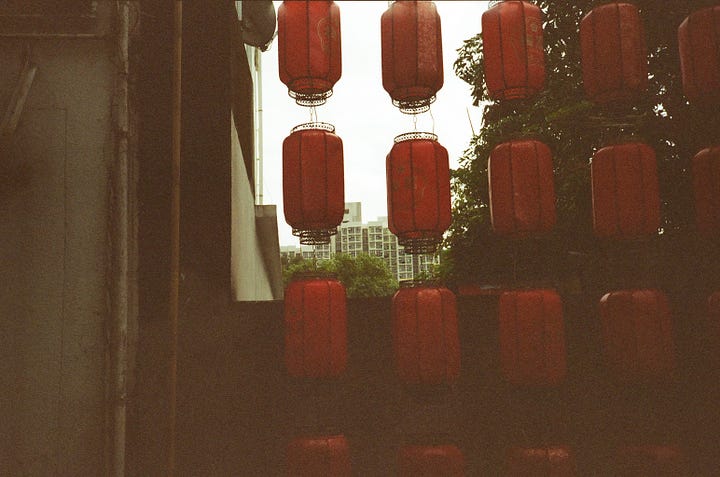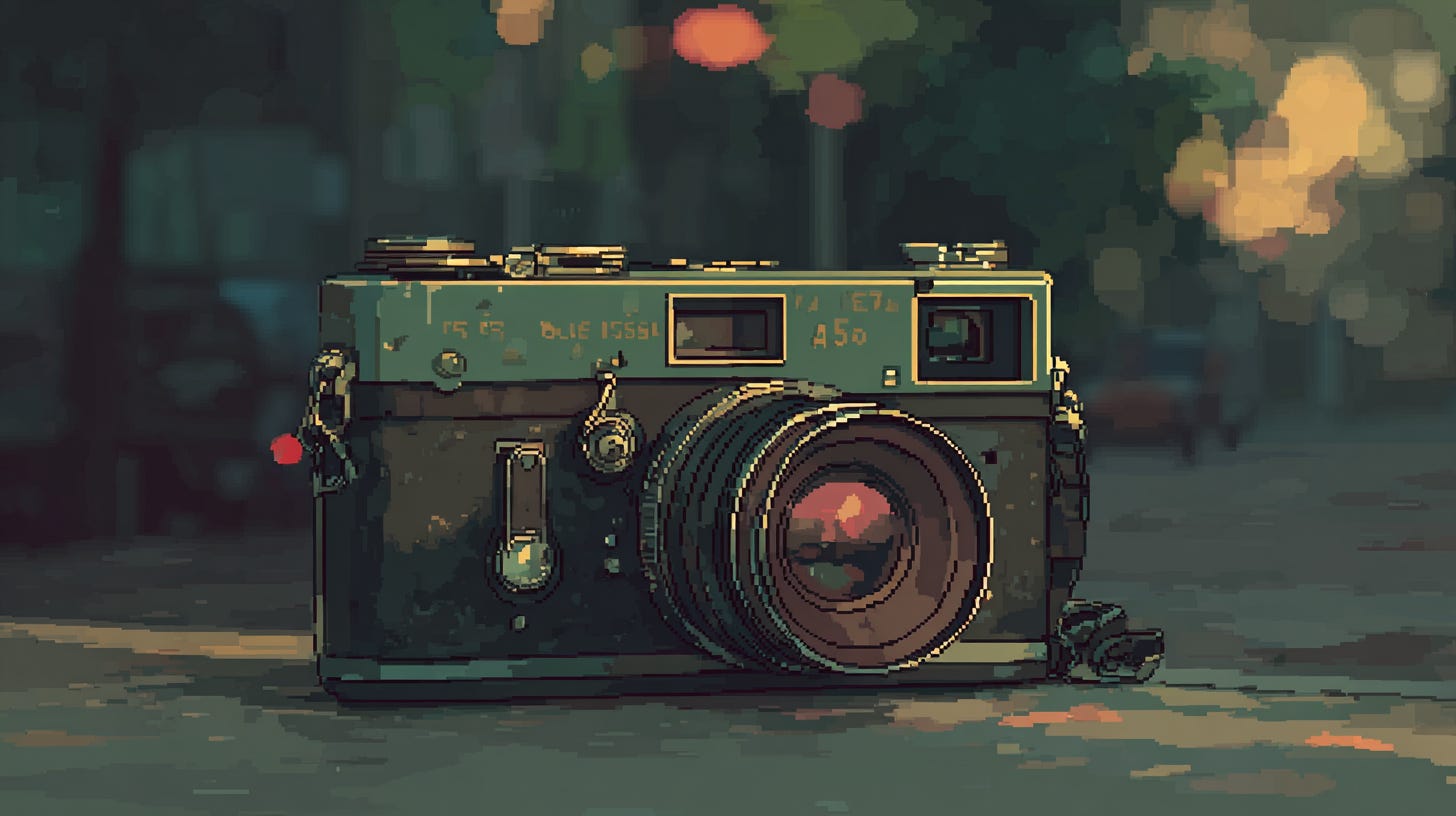Why the Rollei 35 AF is the most futuristic analog camera ever made
How constraints give way to useful mental models
When I took a class on film photography in high school, I fell in love with small, compact film cameras. Did you know they're smaller and lighter than digital cameras? The problem is that no one makes them anymore. Sure, you can find mass-manufactured film cameras from the 70s and 80s online. But I always wanted a compact film camera designed with 21st-century technology.
That's why news of the Rollei 35AF, an analog autofocus camera, thrilled me. Despite the high price tag ($800), I rushed to preorder. Mint Camera, a company based in Hong Kong, designed and manufactured the camera, best known for its Polaroid cameras. They took an enormous risk in making this camera, so I was happy to support them. What they've built is a unique product. In this article, I'll explain the technological advancements of this camera. Also, how its particular constraints led to major unlocks in my mental models surrounding photography.
How do you put autofocus in a film camera without digital light sensors?
The designers of the camera wanted to maintain the compact body and design of the Rollei 35, a classic analog camera from the 1980s. They also didn't want to add a digital light sensor and a screen. If they did that, it would resemble a digital camera that shot film. The designers set a constraint: the form factor had to remain true to the original.
How do you add autofocus without adding a digital light sensor? Traditional "autofocus" sensors are no longer being produced. Autofocus on digital cameras today relies on algorithms embedded on microchips in phones and digital cameras.
The solution: Lidar technology. The first analog camera to make use of this technology. It's a brilliant solution. Since lidar is being used more in self-driving cars and smartphones, the technology is becoming cheaper.
Here's what the founder of Mint Camera, Gary Ho, had to say about using Lidar:
> Lidar offers several advantages. It is accurate across various environmental conditions, including dark and bright places, and it works on all surfaces. Additionally, it offers a good range. It proved to be the perfect choice at the right time.
Thus creating the most technologically advanced analog camera ever created.
From constraints come unique (and delightful) user experiences.
The delight of using a camera is learning to work with its individual quirks. Its interface will be familiar to anyone who's used a film or digital camera before. The autofocus engages when you press down the shutter halfway. What you'll notice after activating the autofocus is the sound of a motor inside the camera moving the focus ring.
Without a screen, the focus point is unknown. Only the length of the sound gives feedback. At rest, the focus ring sits at infinite focus, used for when the subject is far away. What you'll learn is that longer sounds mean the camera is focusing on a subject nearer to the camera.
It's the first camera that I know of that requires the use of audio cues. Using these cues, the user can gauge whether the camera is focused at the right distance or not.
Some limitations stand out. For example, lidar will focus on the glass, rather than the subject behind it. It's difficult to focus on objects behind a mesh, like a fence. Limits though, lead to workarounds. Since it's a wide-angle lens, you can set the focus to infinite by pointing it at the sky and taking the photo from the hyperfocal distance for a clear image.
The Big Unlock: Mental Models and the Photographer's Playbook.
I do photography, but only as a hobby. The Rollei 35 AF gave me an epiphany. Though I suspect this may seem obvious to experienced photographers. And perhaps a little sad that it's taken me as long as it did to realize it.
Let's begin with an analogy. Software engineers use mental models like design patterns learned from experience to solve fresh problems. In the same way, I've begun to build mental models around photography I call my photography playbook.
The playbook contains techniques for achieving specific images based on the camera settings (i.e. ISO, shutter speed, and aperture), distance to the subject, and lighting conditions. As an example, using a wide-angle lens set to infinite distance from a hyperfocal distance with a fast aperture on a sunny day. It's a guaranteed way to have a large depth of field for capturing the entire scene.
When I watch movies or look at other people's photos, I add them to my playbook. It's a reminder of how learning a skill requires building mental models around achieving specific effects and understanding how to do it. Without the constraints from the Rollei 35 AF, I don't think I would ever have had this realization.
